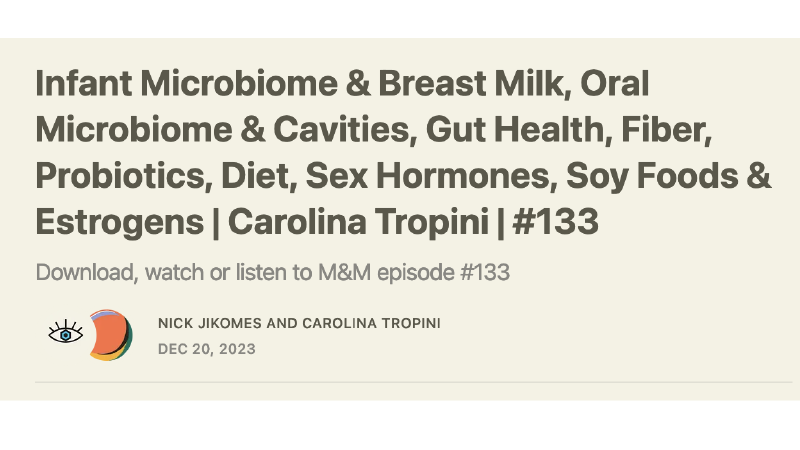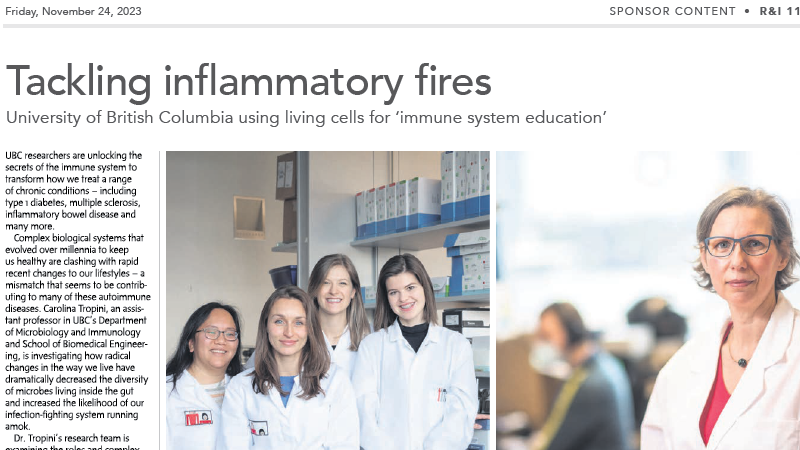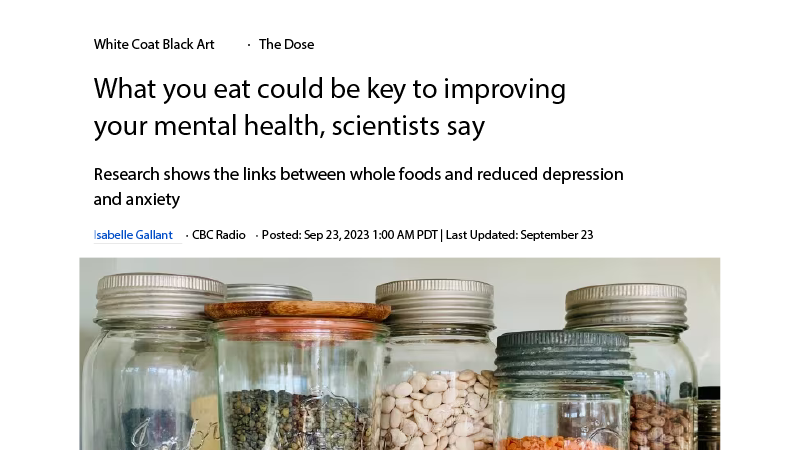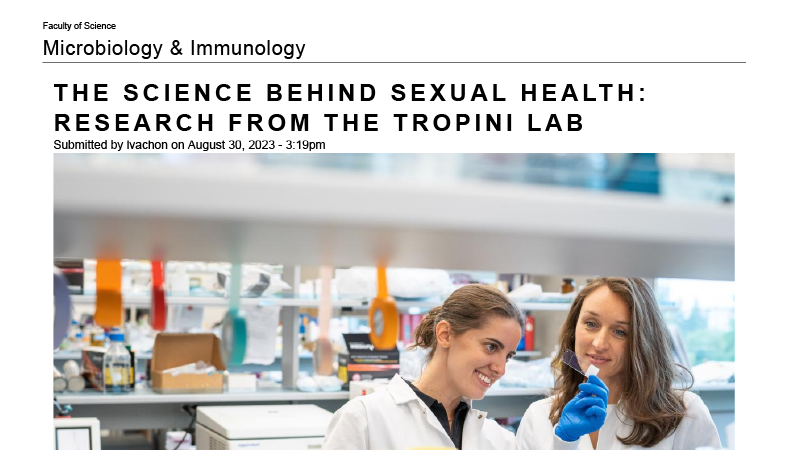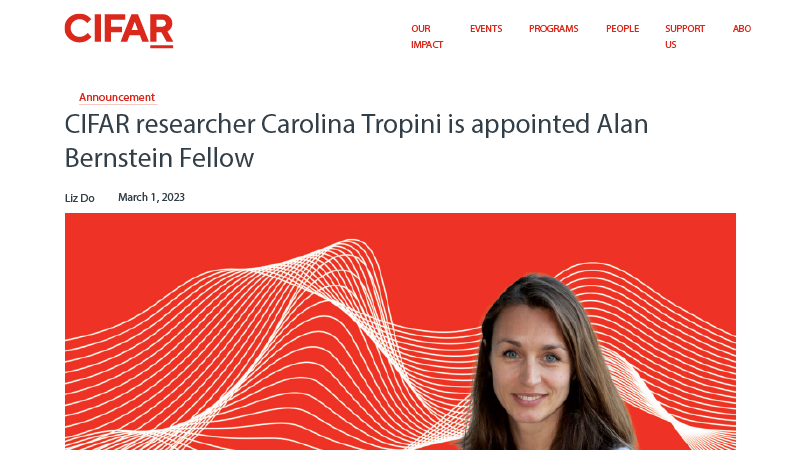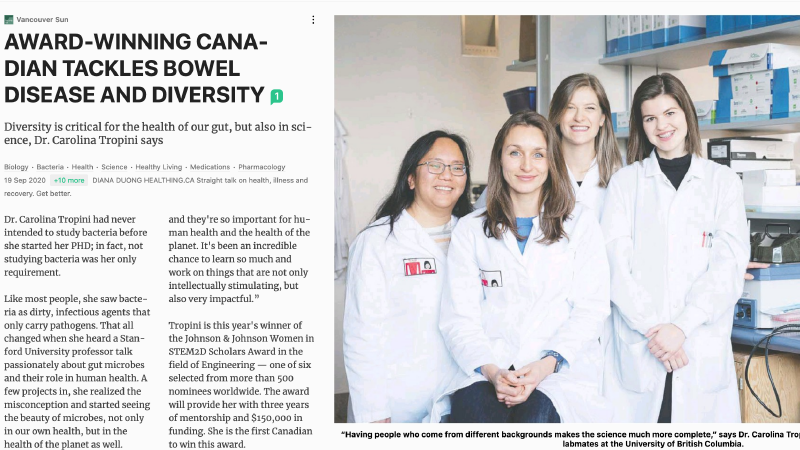
Gut health is closely related to our microbiota, a unique consortium of trillions of microbes that live in and on our bodies. Gut bacteria produce compounds that are absorbed into our blood, providing nourishment and affecting our health. Our gut is composed of many divergent microhabitats in which physical properties such as salt concentration, acidity, and temperature are tightly regulated by human-microbe interactions. During intestinal flu, colon cancers, inflammatory bowel disease (IBD) or even through the consumption of specific foods or medicines, these properties can be dramatically affected, altering the microbiota and their abilities, which affects disease progress and treatment. Despite such importance of the gut environment, we know little about its effects on the gut microbiota and on disease progression. Our laboratory uses a combination of cutting-edge experimental and computational methods to study the connection between the gut microbiota, gut microenvironment, and immunity. We identify characteristics of the gut environment and microbiota that can help clinicians predict and ameliorate disease state. In our research analyze isolated bacteria and study how they respond to, as well as modify, their environment with the eventual goal of restoring a healthy gut environment. Our goal is for our findings to not only further biological knowledge, but importantly lead to health benefits, by facilitating the development of methods to predict disease state and drug effectiveness, as well as therapies for diseases that affect millions of people in the world.
Selected Podcasts and News Articles
Publicly available talks from the lab
The industrious microbiota in peril
Just how animals and plants are tightly depending on the availability of specific habitats, bacterial species also cannot survive in environments that are too salty, or too cold, or too acidic. In the Goldilocks habitat of the healthy gut, natural changes in environment along the intestinal tract ensure that commensal microbes are exactly where they should be, according to rules negotiated over evolutionary timescales between us and our microbes. The gut is in fact made up of a multitude of habitats, where changes in pH, oxygen tension, mucus stiffness and host immune signals segregate microbial growth to specific compartments where the symbiotic relationship can be embraced at its maximum potential (3). We found that commensal bacteria have an incredible diversity of tolerance to changed physical conditions, even within a single species, but that most species considered to be generally beneficial have a limited range habitats that enable their survival (2). We identified genes that are sufficient for growth in changed environmental conditions and found that the ability to survive is strongly dependent on the individual availability of specific pathways that are divergent across the bacterial tree of life2. We also found that changes in the gut environment regulate the expression of phages, even of ones that are known to carry toxins, such as Inoviruses (4). Importantly, the microbiota itself can modify the environment, for example through the production of short-chain fatty acids (SCFAs), which acidify the intestinal lumen. We developed a method to detect SCFAs in real time, which is further enabling us to test how the microbiota responds to changes in its environment (5).
Despite the microbial ability to rapidly respond to changes in its surroundings, the gut is a highly competitive environment and even slight losses of fitness can cause species to disappear over repeated insults. Industrialization brought antibiotics, emulsifiers, over the counter antacids, laxatives and processed foods that changed the gut environments and our relationship with our microbes. In this new world order, bacteria that are specialized and do not readily survive stress such as Muribaculaceae give space to generalists such pathogens and pathobionts, who can readily invade disrupted habitats. Just as forest fires create openings for invasive plants to take over and make the next fires more likely, also in our gut organisms such as Clostridioles difficile or invasive Escherichia coli can take advantage of a niche opened by environmental disturbances and begin new cycles of inflammation and disruptions (6).
Because of how essential the physical environment is to life, evolving resistance to changes in acidity, osmolality or temperature is not as simple as developing resistance to an antibiotic. For a bacterium, it may require restructuring its cellular envelope or entire complex pathways that are not easily transferable. As entire human societies are exposed to the effects of industrialization, we risk losing our natural microbiota diversity for the foreseeable future. Each one of our microbiotas is a different ecosystem with different needs, just like each forest, each national park, and each lake are. The different histories that have shaped them suggest that individual approaches may be required to sustainably restore the microbiota in different people. While industrialization is unlikely to stop, as scientists we need to work with policy makers, clinicians and, most importantly, the people whose microbiota we are trying to restore to ensure that the results of our research can impact restoration instead of residing in academic journals. Only through diversity of thoughts and approaches can we go full circle and start a new technological revolution where nature and human advancements can sustain one another.
References
(1) Tropini, C.; Moss, E. L.; Merrill, B. D.; Ng, K. M.; Higginbottom, S. K.; Casavant, E. P.; Gonzalez, C. G.; Fremin, B.; Bouley, D. M.; Elias, J. E.; Bhatt, A. S.; Huang, K. C.; Sonnenburg, J. L. Transient Osmotic Perturbation Causes Long-Term Alteration to the Gut Microbiota. Cell 2018, 173 (7), 1742--1754.e17. https://doi.org/10.1016/j.cell.2018.05.008.
(2) Ng, K. M.; Pannu, S.; Liu, S.; Burckhardt, J. C.; Hughes, T.; Van Treuren, W.; Nguyen, J.; Naqvi, K.; Nguyen, B.; Clayton, C. A.; Pepin, D. M.; Collins, S. R.; Tropini, C. Single-Strain Behavior Predicts Responses to Environmental pH and Osmolality in the Gut Microbiota. mBio 2023, 0 (0), e00753-23. https://doi.org/10.1128/mbio.00753-23.
(3) Tropini, C.; Earle, K. A.; Huang, K. C.; Sonnenburg, J. L. The Gut Microbiome: Connecting Spatial Organization to Function. Cell Host and Microbe 2017, 21 (4), 433–442. https://doi.org/10.1016/j.chom.2017.03.010.
(4) Burckhardt, J. C.; Chong, D. H. Y.; Pett, N.; Tropini, C. Gut Commensal Enterocloster Species Host Inoviruses That Are Secreted in Vitro and in Vivo. Microbiome 2023, 11 (1), 65. https://doi.org/10.1186/s40168-023-01496-z.
(5) Yavarinasab, A.; Flibotte, S.; Liu, S.; Tropini, C. An Impedance-Based Chemiresistor for the Real-Time, Simultaneous Detection of Gut Microbiota-Generated Short-Chain Fatty Acids. Sensors and Actuators B: Chemical 2023, 393, 134182. https://doi.org/10.1016/j.snb.2023.134182.
(6) Nguyen, J.; Pepin, D. M.; Tropini, C. Cause or Effect? The Spatial Organization of Pathogens and the Gut Microbiota in Disease. Microbes and Infection 2021, 23 (6–7), 104815. https://doi.org/10.1016/J.MICINF.2021.104815.

